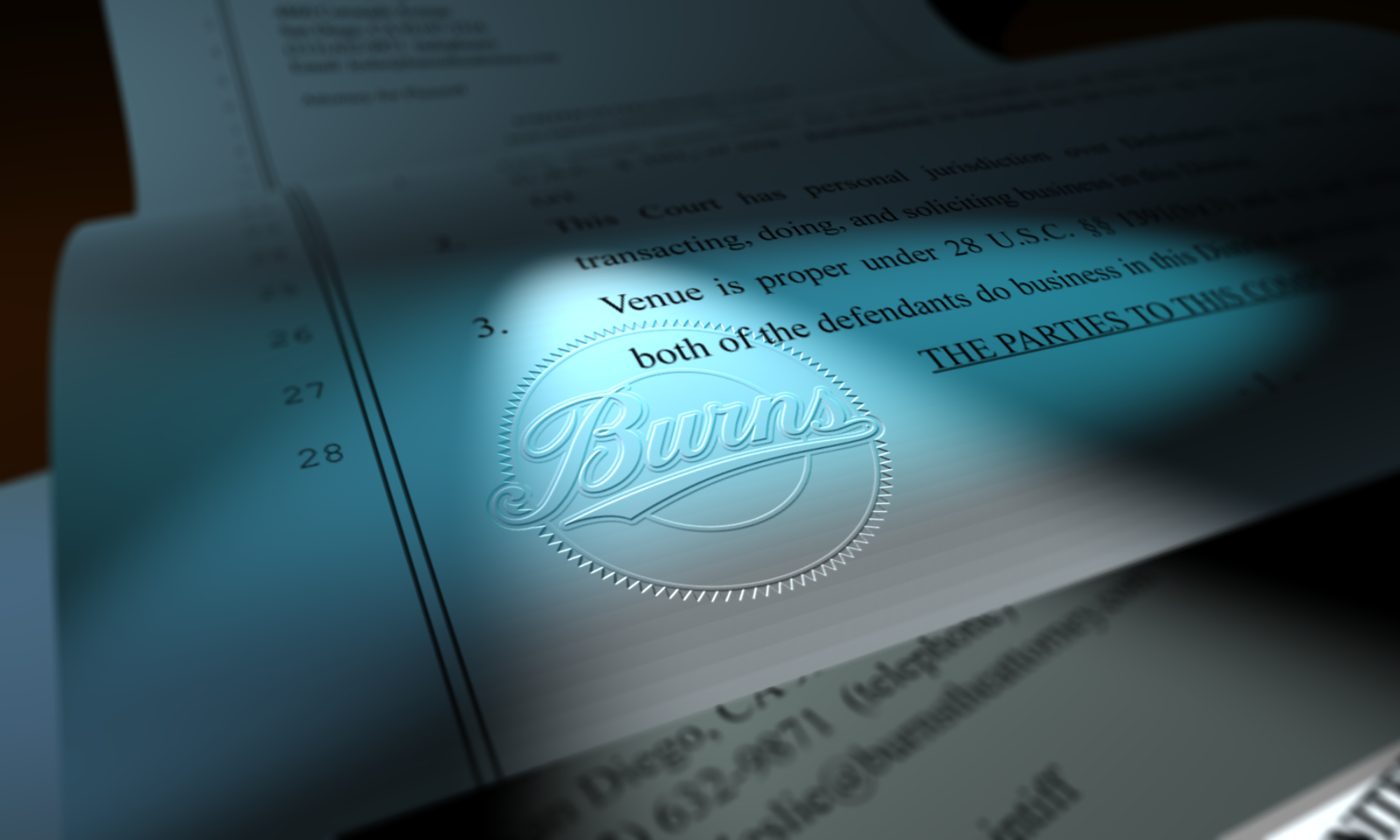Marketing is like dating.
This is the first of a series of posts which will eventually evolve into a presentation, and maybe a book, about how the skills for one are transferrable to the other. And if you suck at both, there will be hints on how to change that.
Why is marketing like dating? Lots of reasons. Here’s today’s:
If you smell bad, you aren’t going to get to first base.
Trying to pick up someone? Smelling good is very important. Truth is, in both the social and the creative biz world, scent matters more than we’d like to admit or may even consciously know. Smell hits our limbic system, one of the most primitive parts of the human brain, and it connects very strongly with our romantic emotions. Pheromones are received through the sense of smell and, well, tell our brain “zug-zug.” 🙂
Women have a stronger sense of smell than men–were coded that way since we have to pick who to be our baby daddy (that means finding a good genetic match). But men aren’t without working sniffometers. I’ve had plenty of male friends who have said about their potential objects of affection, “S/he just smelled funky” or “S/he always smells so good!”
Ever been at a party or a club and someone walks by and you just breathe her/him in? Your head turns to see what could have smelled so good! Pretty much an involuntary reaction, because your pre-historic brain bits are always tuned to “zug-zug potential” mode.
So, our brains are much more smell-oriented than you might have known. And while smelling good may be a relative thing (what you like better may not be what your neighbor likes better), smelling bad is pretty much a universal negative.
Okay, that sounds really obvious, but you’d be surprised. I can’t tell you how many times I’ve been at photo biz events and more than one photographer was pungent, and not in a good way. I’ve talked with buyers who have related horror stories of stinky portfolio meetings. Personally, I’ve noticed those who have just smelled a bit “post-gym-ish” to those who could give a homeless alcoholic a run for his money (urine… I’m not kidding).
I know for some people, there are medical issues, but even then you have got to find a way to deal with that. If it’s some kind of uber-BO then there are medical treatments for that (and excessive sweating, too). For most people, there are answers and you need to find something that works for you. Fair or not, no one is going to give a project to a photographer who smells bad, whatever the reason. Imagine sending a stinky shooter to a CEO’s office for a portrait!
Good marketers have known the importance of smell for a long time. Why does that open house smell of cookies? To manipulate your brain. Lots of examples of that.
Most Art Buyers/Art Producers are women which means your targets are tuned to smell at a high level. PEs & ADs are more evenly split, but still lots of males… mostly males who are more aware of style and grooming than the average male. Regardless of gender issues, clearly it makes good sense (no bad pun intended) to appeal to your target’s nose!
While in the dating world there is a big exception to the “stinky means no chance” reality (if you meet someone at the gym, you get a one-time pass because you are supposed to be sweaty there), there is no such exception in the business world. If you are going to a biz event (even like an all-photographer thing), bathe, use deodorant, consider a little light cologne– you never know when I target might be there too. If you are going to a client meeting, make an extra effort. And even on your shoots, which means metaphorically that you’ve gotten past first base, if stinky is a problem for you, bring extra shirts and wet-naps and take 5 minutes to duck in a bathroom to freshen-up.
After all, don’t you want to “date” this client again and try to make it a relationship?
